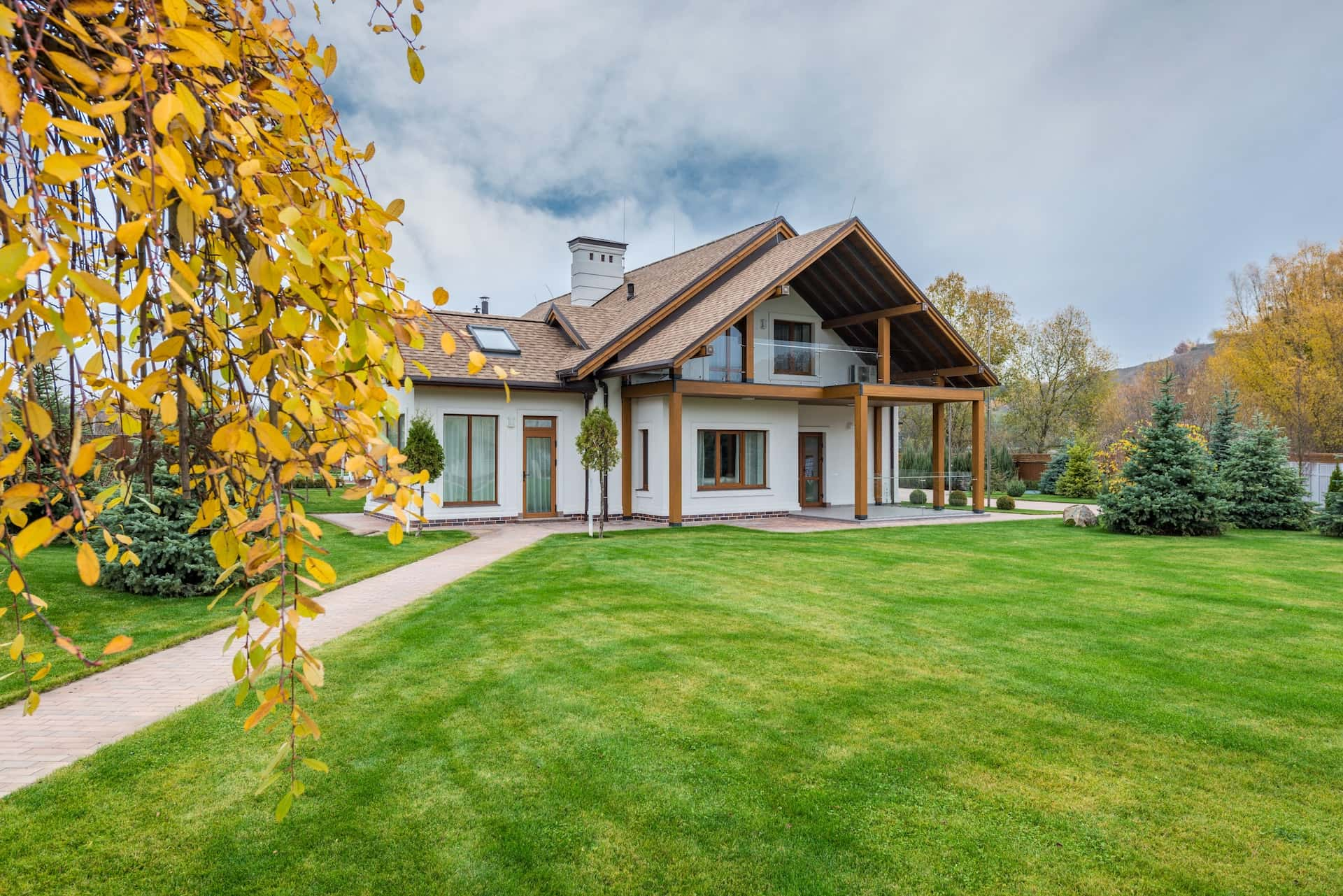
Achieving Balance in Your Landscape: Combining Hardscaping with Natural Elements Oct 20, 2025
To start, let's explore what hardscaping and natural elements entail. Hardscaping refers to the non-living components of a landscape, such as patios, walkways, driveways, walls, and outdoor kitchens. These solid elements provide structure and support to outdoor spaces, offering areas for relaxation and entertainment. In contrast, natural elements include trees, shrubs, flowers, and grass—living things that introduce color, texture, and a sense of life to your yard.
Integrating hardscaping with natural elements allows for a more dynamic and balanced space. One effective strategy is to create zones within your yard. For example, a well-designed patio made of natural stone can serve as an inviting area for gatherings, while a winding path can lead guests to a lush garden filled with native plants. By using natural materials like stone or wood for your hardscaping, you can seamlessly blend these elements with the surrounding flora.
Water features are another excellent way to incorporate both hard and soft elements. Consider installing a pond or a cascading waterfall that invites birds and other wildlife. Not only does this create a focal point in your landscape, but it also adds the soothing sound of water, enhancing the sensory experience of your garden.
Plant selection is crucial in achieving landscape balance. Opting for native plants can significantly benefit your garden's sustainability. Indigenous species require less maintenance and water, reducing your landscape's environmental footprint. Moreover, they provide habitats for local wildlife, promoting biodiversity. When these plants are thoughtfully arranged around hardscaping features, they can soften the edges and create a cohesive look.
When it comes to hardscaping, less is often more. Overwhelming the space with concrete can create harsh dichotomies that clash with the organic appeal of nature. Instead, focus on integrating subtle hardscaping elements like stone borders around planting beds, which can define spaces while maintaining harmony with natural features. This approach not only enhances aesthetic appeal but also guides visitors through the landscape seamlessly.
Lighting plays a pivotal role in balancing hardscaping and natural elements. Strategic placement of landscape lighting can highlight both the hardscaping structures and natural features, creating a stunning visual at night. Soft, ambient lighting accentuates pathways and garden beds, while spotlighting key architectural elements can create dramatic effects.
Finally, maintaining your landscape is key to preserving its balance. Regularly pruning and caring for your plants ensures that the natural elements do not overwhelm the hard structures, while cleaning and sealing hardscaping features will prevent them from becoming worn or damaged.
In conclusion, achieving balance in your landscape by combining hardscaping with natural elements not only enhances aesthetics but also increases functionality and sustainability. At Landscape Design & Lawncare, we are passionate about helping you create a unique outdoor space that resonates with your lifestyle. By considering the principles of design, thoughtful material selection, and sustainable practices, your yard can become a harmonious retreat that you cherish for years to come.
/filters:no_upscale()/media/380927a3-6216-4e99-a19a-1b648dd68add.jpeg)
/filters:no_upscale()/filters:format(webp)/media/5f97a301-bb1a-4335-8952-938b7b33fc1c.jpeg)